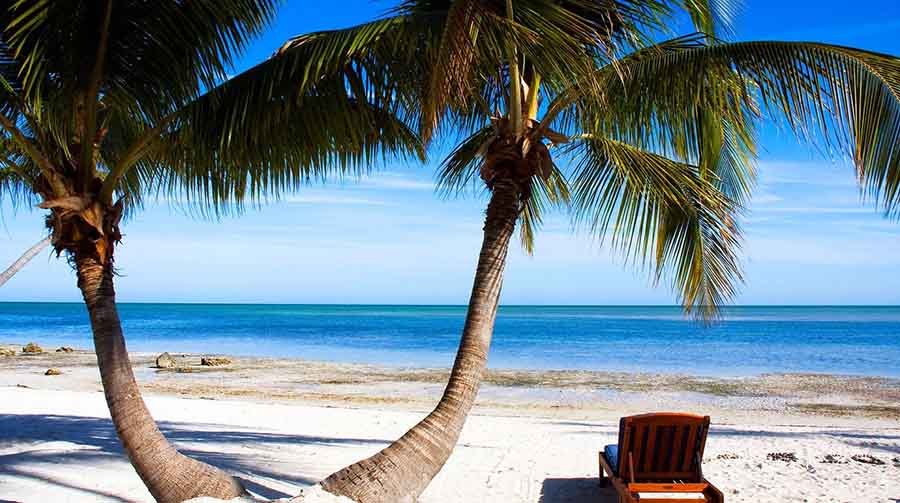Destinations in the Florida Panhandle along with resorts in coastal Georgia and South Carolina are tracking impressive results this winter season through the end of January, according to the most recent data released by DestiMetrics, a division of Inntopia, in its Monthly Market Briefing.
Although actual occupancy for the month of January was down 10.6 percent compared to January 2020, the Average Daily Rate (ADR) for January in the three states was up 26.6 percent for the month allowing for a solid 13.1 percent gain in aggregated revenues for the month.
A broader look at the full winter reveals that the year-over-year strength in occupancy during the month of September was supported by upticks in both October and December that helped boost results in the region for the winter season that extended from September through February. For those six months, aggregated occupancy, as of January 31, was up 2.7 percent compared to last winter. More impressively, ADR for the season was up 23.1 percent and the combined strength of increased occupancy and strong growth in rates delivered an aggregated 26.9 percent increase in revenue compared to last year at this time.
“When we crunch all the numbers and analyze the trends, we are seeing that the Southeast is marking its ninth consecutive month of strong year-over-year rate gains that stretch back to May 2020,” reported Tom Foley, senior vice president, business analytics, Inntopia. “In this incredibly difficult and challenging year, revenue management in the face of a crisis is a crucial skill and property managers in the region who have learned to respond quickly following major storms and hurricanes are using that experience to bring back visitors in this unprecedented year for travelers. They have capitalized on pent-up demand and adjusted to short-term booking patterns and making it work very, very effectively for their properties,” he continued.
Looking forward to the summer season, the current data as of January 31 is slightly less sunny. Bookings made in January for arrivals in January through June are down 5.1 percent compared to last year at the same time. In-month bookings for January arrivals dropped a sharp 21.2 percent while February and March were up more than five percent. April bookings were down 8.2 percent while May dropped 31.6 percent. In contrast, June is up 13.1 percent in a year-over-year comparison.
“Occupancy, rates, and revenue didn’t change appreciably in the last month, but the region has done markedly better than many other tourism regions in the past eight months, particularly in daily rates,” continued Foley. “What remains uncertain is how booking patterns may shift around the crucial Canadian snowbirds. That segment tends to arrive in January and stay through April but they continue to be limited by land border crossings into the U.S. being closed in response to the pandemic.”
Foley went on to elaborate on the current situation. At least some of the inventory that Canadians normally occupy for long-term stays is shifting to the short-term rental market which commands higher daily rates and is helping revenue managers in their successful efforts for the season.














